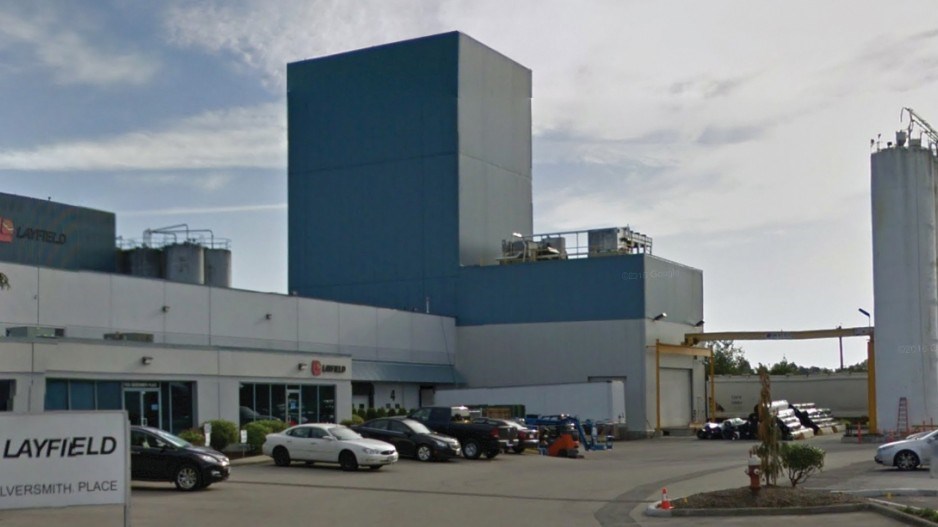Part 2 of a special project in partnership with JWN Energy Group
As an environmental containment supplier, Richmond’s Brian Fraser has difficulties understanding why the Canadian oilsands industry has become a prime target of the green movement.
Fraser has worked for Layfield Group for more than 37 years. The company derives a large percentage of its business from the oil and gas industry.
“The environmental containment in the Canadian oilsands is well engineered,” said Fraser, Layfield’s vice-president of environmental containment. “No [environmental] technology standards in the world compare with the products and technology used in the oilsands. People don’t realize just how stringent environmental standards are in the oilsands.”
Layfield’s 400 employees are spread throughout its operations in Edmonton, Calgary, Richmond, Toronto, San Diego and Seattle.
The company’s main commercial technology is geomembrane impervious liners, which it sells alongside flexible packaging and construction products.
The company’s environmental containment systems are used extensively in upstream and midstream oil and gas, including oilsands tailings ponds, brine ponds and wastewater treatment.
Layfield’s biggest market is waste management, but it also services water treatment plants and food processing operations – providing diversification that has helped it weather the storm caused by the collapse of oil prices. The downturn has had a dramatic impact on the oilsands industry, which was once responsible for about 50% of Layfield’s containment operations.
“The oilsands has constituted a large part of our containment business, where our products are used to line and cap tailings and wastewater ponds,” said Fraser. “We need to see new investment over the next two or three years.”
Fraser would like to see the proposed Trans Mountain pipeline expansion go ahead.
“We’ve been able to keep our key people employed [in Edmonton] and a big part of that is based on the pipelines going ahead,” he said, adding that oilsands and pipeline-related work constitutes approximately 20% of Layfield’s revenue.
Layfield’s Edmonton plant and office focuses on oil and gas, while the Richmond plant does most business with the packaging sectors, including products geared to food processing, medical packaging, construction and industrial markets.
Despite the midstream growth, Layfield has scaled back its activities in Canada and the U.S. as a result of the downturn in oil and gas.
While the company’s strategic diversification allows it to avoid a total reliance on this sector, Fraser says the company would experience a significant boost in business if the Trans Mountain pipeline expansion goes ahead.
Layfield provides a number of products to pipeline operators including secondary containment liners for pipeline terminals and turbidity curtains, geotextiles and silt and sediment control devices.
But perhaps its most innovative product is its patented Aqua Dam, a water-filled portable barrier that can be positioned to contain or divert the flow of water. It can be used at pipeline crossings of streams and channels, for sediment control in lakes or rivers, or to create cofferdams to create dry working environments. It can also be deployed for pipeline integrity digs, emergency spill response, and temporary water storage or flood control.
“We started developing the product in 1992 as a pipeline integrity dig offering,” said Fraser, who adds that it is a key to spill prevention.
“If Trans Mountain goes ahead, products like this can lead to us scaling up our operations in Edmonton and Richmond. We are well diversified, but oil and gas growth is a big part of our future.”




